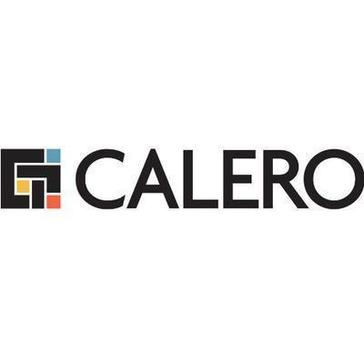
Google BigQuery
BigQuery from Google is a fast, fully managed and optimized data warehouse used by organizations to perform large-scale data analytics. Google offers economical data analytics solutions with pay-as-you-go model to suit needs of different users. The platform is easy to manage and doesn’t need any database administrator to perform the tasks. Users get everything pre-managed and ready to perform big data analytics to find meaningful business insights.
Top Google BigQuery Alternatives
ParStream Analytics Platform
ParStream Analytics Platform specializes in management and analysis of massive IoT data.
Calero
Calero is a Big Data Analytics and Database software that helps companies in managing their massive business files from getting deleted and misplaced.
Revulytics
Revulytics Usage Intelligence is the leading solution purpose-built for distributed software on Windows, Macintosh, and Linux platforms provides deep insight into application usage.
HP Haven
HP Haven is big data analytics software used to analyze various data types and deliver actionable results for better business outcomes.
Platfora
Platfora big data analytics is an automated Hadoop service platform that enables business to know the potential of their data by analyzing all of it without needing technical experts.
PureSystems PureData
PureSystems PureData from IBM is an application used to control and optimize the performance of business data warehouses.
SGI Data Analytics
It helps businesses manage and analyze high-volume data environments with the help of integrated tools...
Informatica Big Data
The software helps businesses and organizations properly use, manage and deliver meaningful values from big...
HPCC Systems
It features an easy-to-use, cloud based platform that supports faster application development with far less...
Talend Big Data
The platform enables developers to use integrated tools, such as Apache Hadoop, Spark and NoSQL...
Pentaho Big Data Analytics
It is a complete data analytics solution that features data integration, reporting and analytics tools...
Alteryx Big Data Analytics
Alteryx allows users to put all their data to be managed by expert business analysts...
Actian Analytics Platform
The platform supports leading data analytics solutions, including Hadoop, Spark and Hive to allow companies...
MicroStrategy Big Data Analytics
The software is designed to be able to access and analyze any data source, more...
MapR Distribution
The platform offers many tools and technologies for users to perform intense data analytics, upgrade...
Google BigQuery Review and Overview
Google BigQuery is a cloud data warehousing option offered by Google for several types of applications. It is serverless and managed, and is backed by the security and processing power of the Google Cloud platform, making it perfect for both veteran companies and smaller startups. It is basically designed for IT companies, which require a cheap-yet-effective way to manage their data from their deployed applications effectively.
A data warehouse that ensures better analytics
There is no hiding the fact that the Google BigQuery SaaS is made for high-performance analysis of data. Its robust processing architecture enables the company to use it as a method to analyze the hundreds of petabytes of data that they have stored in secure data silos, and turn them into pure leverages. The SaaS's speed, in fact, comes from the fact that it uses an ANSI SQL format for better hardware utilization and resource allocation during analysis processes. It can also scale itself according to the amount of data being processed, ensuring lower costs as well.
Machine learning to process big data
Google BigQuery uses a unique solution to a unique problem. When posed with the question about how a company can provide real-time insights in responses to queries, which is the only time they are leverageable, BigQuery answers with machine learning. The BigQuery platform makes extensive and effective use of an in-built ML subsystem called the BigQuery ML. Using collected data in both structured and semi-structured forms, data scientists can quickly train complex AI models for several purposes, which mostly involves data analysis and predictions. The simplicity comes from the fact that simple SQL is used for building these models.
Google-powered business intelligence
Business intelligence is rapidly becoming one of the most valuable assets of a company that needs to get ahead of the competition. With the help of Google BigQuery, companies can achieve the characteristic accuracy and reliability of Google in their BI queries and results. This is made possible by the BigQuery BI Engine, which enables fast analysis of data to provide companies with real-time insights through in-memory analysis mechanisms. The platform may even integrate with reporting platforms like Google Sheets and Looker.
Top Google BigQuery Features
- AI-driven insights automation
- Multimodal data analytics
- Built-in pre-trained ML models
- Vertex AI integration
- Real-time streaming capabilities
- Natural language query support
- Privacy-centric data sharing
- Comprehensive data governance
- Cross-region disaster recovery
- Cost-optimized storage solutions
- Event-driven analysis capabilities
- Seamless data ingestion tools
- Interactive SQL query translation
- Flexible data pipeline building
- Rich geospatial data access
- Comprehensive migration services
- Continuous queries for streaming data
- Intelligent recommendations for data optimization
- Unified security and governance
- AI-powered data preparation tools.














